Mercedes-Benz unveils Vision Iconic: looking at its past to design the electric car of the future
Mercedes-Benz is an automaker with a history stretching back to the very first cars, but the company faces a unique challenge in the 21st century: how to build the electric car of the future without forgetting its celebrated past. After some of its initial electric vehicles, like the EQE and EQS, were criticized for their generic, rounded shapes, the company is changing course. And it's about time.
The new direction is perfectly captured in a stunning concept car, the Vision Iconic, which proves that the future of electric cars doesn't have to be bland. Drawing heavy inspiration from the brand's own golden age of design, the Vision Iconic is a dramatic tribute to the legendary Mercedes-Benz models of the 1930s, such as the SSK and 500K.
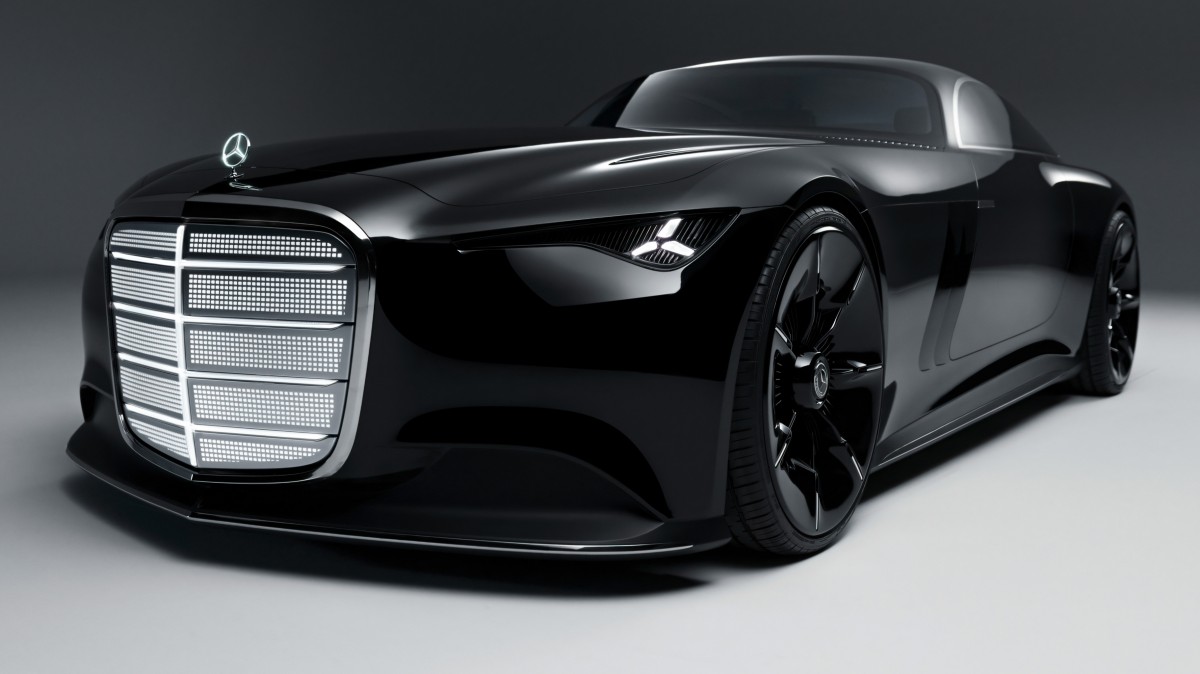
The concept sports spectacular proportions that command attention, starting with a hood so long it seems to stretch for miles, and leading to a gracefully curved cabin. The front is bold and upright, dominated by an updated version of the classic Mercedes grille that's not just a simple light-up frame, but a detailed panel filled with hundreds of tiny, illuminated squares.
To top it off, the iconic three-pointed-star hood ornament also glows, a proud declaration of the car's heritage. The headlights cleverly echo this three-pointed star shape, a design detail already appearing on new production models.
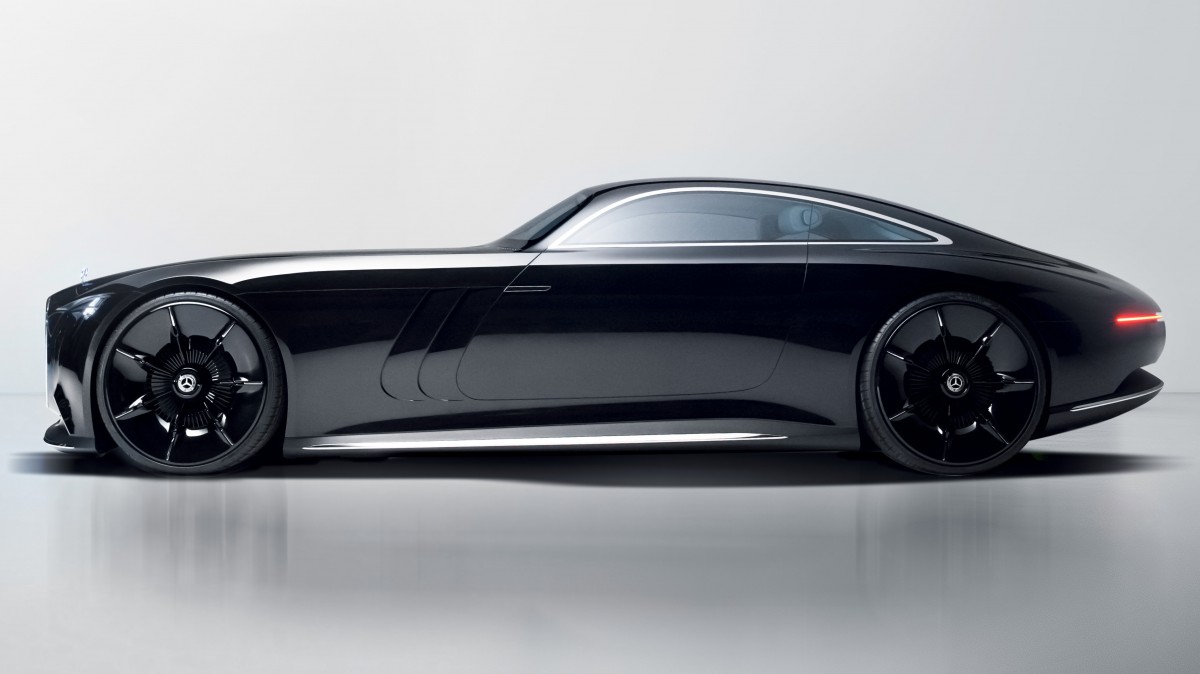
Step inside, and the Vision Iconic offers a "lounge-like comfort" from a future where cars may actually drive themselves. The interior is a masterful blend of old-world craftsmanship and futuristic technology. The massive, four-spoke steering wheel looks like it could belong on a classic sailing ship, yet it sits before a dashboard that is anything but old-fashioned.
Dubbed the "Zeppelin" by Mercedes for its airship-like shape, the instrument panel is a delicate glass case. The cabin is trimmed with luxurious materials, including classy mother-of-pearl on the doors and deep-blue velvet on the seats. The floor is even finished in straw marquetry, an intricate craft that creates an elegant blue pattern. At the center of it all, we have a series of clocks, one of which hides an artificial intelligence companion for the driver.
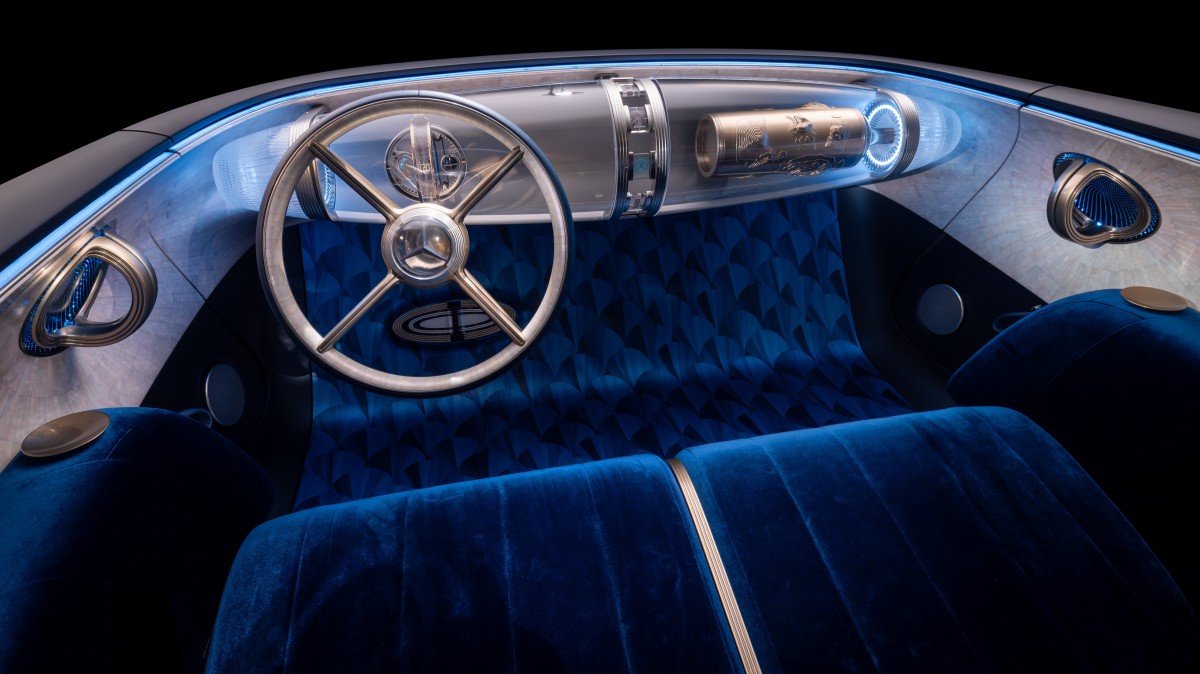
The body of the Vision Iconic is coated in "wafer-thin" solar modules, a technology Mercedes is actively researching. The company claims that covering the surface of a mid-size SUV, an area of about 11 square meters (118 square feet), with this material could add up to 7,460 miles of range per year under ideal sunlight. This solar surface is also easily recyclable, contains no rare earth metals, and can generate power even when the car is parked and turned off, quietly adding energy for the next drive.
Mercedes envisions the car operating with Level 2 automation for city driving and Level 4 automation on highways, where the car could handle all driving duties without human intervention. To process the massive amount of data required for self-driving, the Vision Iconic would use something called neuromorphic computing.
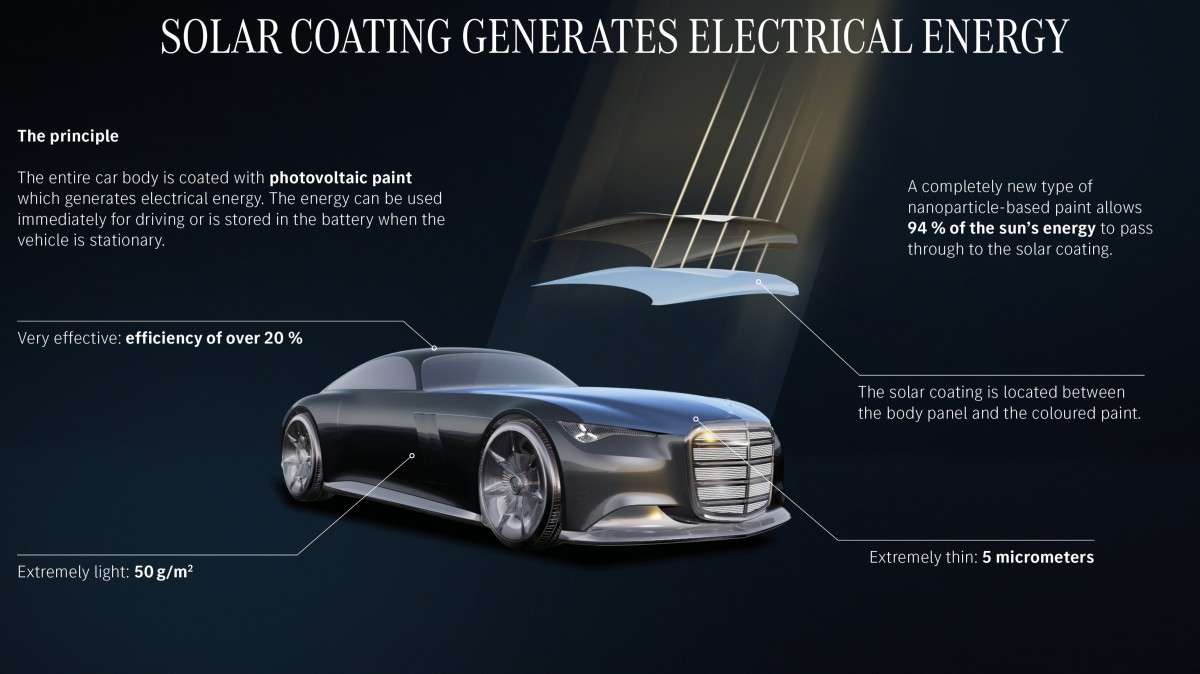
This system works much like a human brain, allowing it to make calculations faster and far more efficiently. Mercedes suggests this could reduce the energy needed for data processing by up to 90 percent, making the car's safety systems react almost instantly to changing conditions.
Obviously, there's no chance we'll be ever able to buy the Vision Iconic at a local dealership, but its influence will be seen and felt across the next generation of Mercedes-Benz EVs. The concept reveals that the brand is moving away from generic EV styling and embracing its rich history to create electric cars with character and soul.
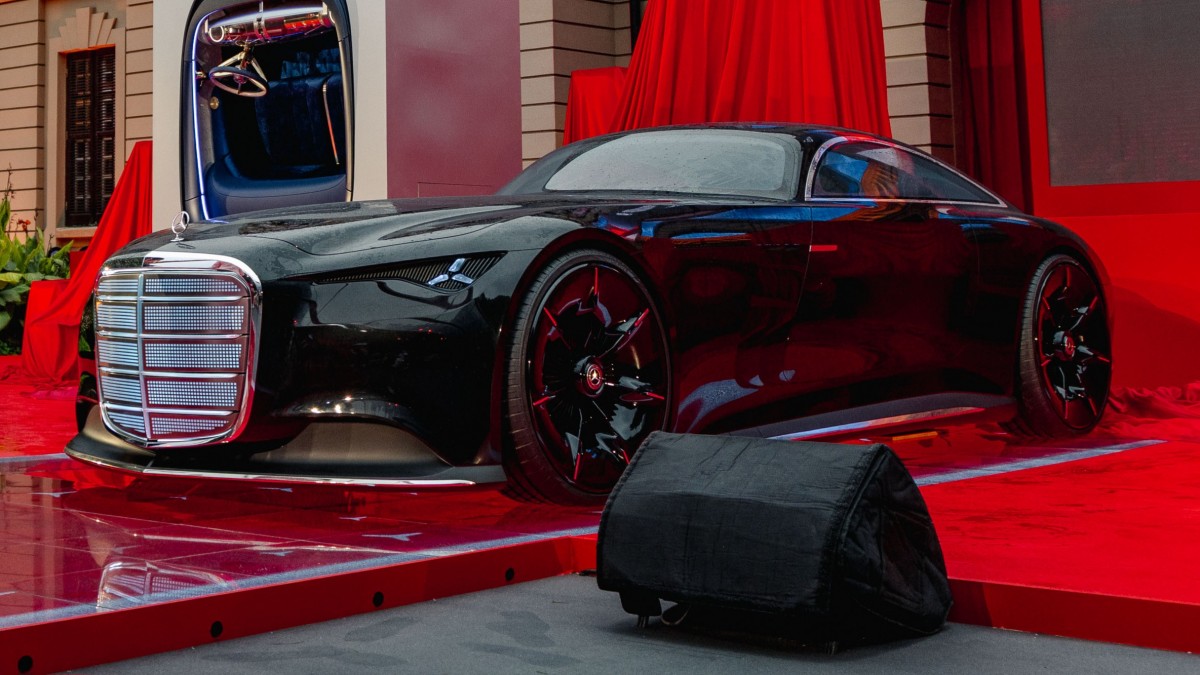
From its solar-power technology to its advanced AI and brain-like computers, the Vision Iconic reveals a detailed roadmap for what's to come. It's a sign that Mercedes is waking up and is ready to build electric cars that are not only technologically advanced but also beautiful and exciting to look at.
Reader comments
- Anonymous
- BmP
Looks like they've copied the design language of Mazda's current crop of SUVs.
- Anonymous
- CbE
Ugggh! I don't understand what's this German fetish with oversized grills. BMW Audi Mercedes are all into it. Porsche is spared thankfully from this nonsense. This design does nothing to wow the senses. Just excesses in dimensions and specs...
- Grumpy old man
- 7Mw
Beautiful machine but electric, where's the fun. The joy of driving is being slowly throttled by battery bores. Would Dick Darstedly drive it?
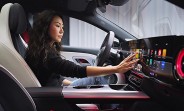




Facebook
Twitter
Instagram
RSS
Settings
Log in I forgot my password Sign up